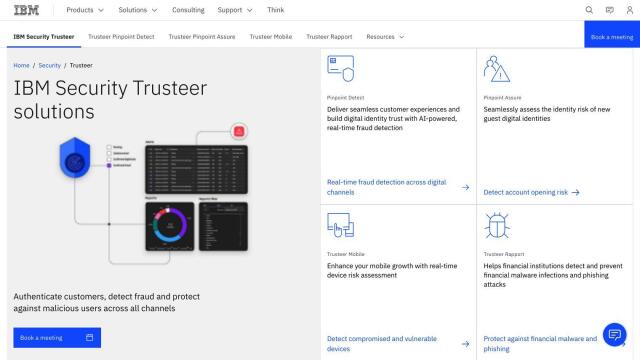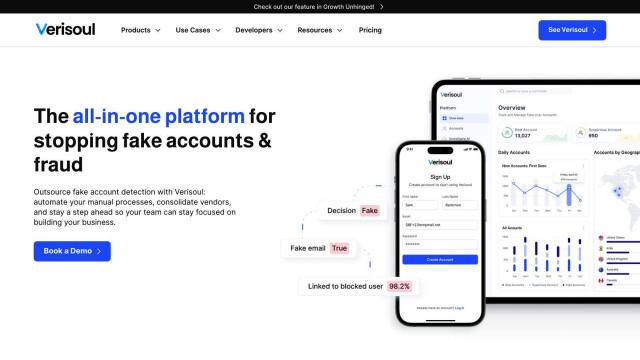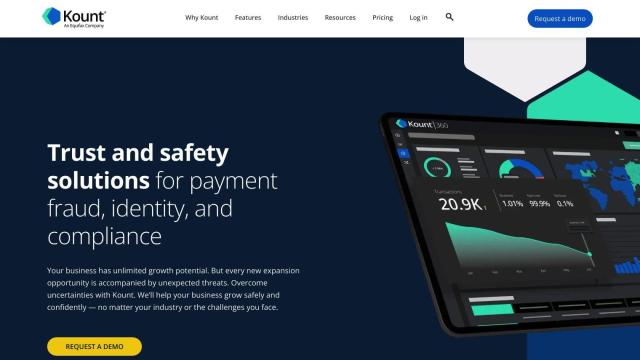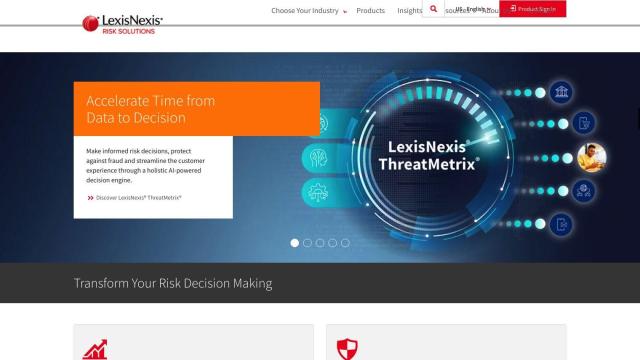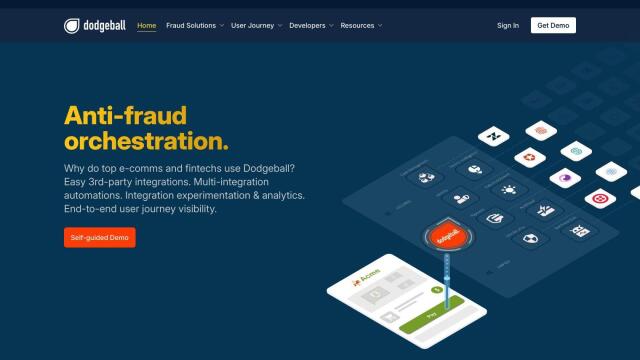Question: Do you know of a platform that helps fight financial fraud and brand abuse with insights into fraudster operations?


Sift
For a platform that can help you fight financial fraud and brand abuse by understanding the inner workings of fraudsters, Sift is a good option. The AI-powered fraud decisioning platform is designed to help businesses grow while maintaining trust and preventing fraud. It tackles fraud problems like account takeover, payment fraud and policy abuse with user-level signals across the user journey, and offers tools like Account Defense, RiskWatch, Workflow Simulation and FIBR to help businesses reduce digital friction, achieve measurable growth and compare payment fraud and manual review rates to industry benchmarks.

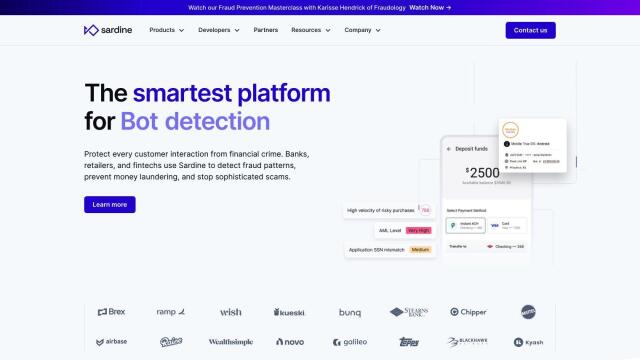
Sardine
Another good option is Sardine, a fraud prevention and compliance suite that gathers deep device intelligence and behavioral biometrics to spot fraud patterns and offers tools for identity fraud prevention, account takeover, payment fraud, issuing fraud and anti-money laundering. Sardine uses machine learning models trained on more than 4,000 features to spot fraud and offers a no-code rule editor, network graph and instant ACH settlements. The platform is geared for banks, retailers and fintechs, with an easy integration and dedicated fraud expert support.


Riskified
Riskified is another option. The platform uses AI to help ecommerce companies optimize revenue and minimize fraud and policy abuse. It raises approval rates through a combination of ecommerce expertise, machine learning and automation, spotting fraud 2-3 times better than competitors. Riskified offers Chargeback Guarantee, Policy Protect, Dispute Resolve, Account Secure and PSD2 Optimize, for fraud protection, chargeback management and revenue recovery.


Flagright
If you're in the fintech industry, Flagright is an option. Flagright's AI-native AML compliance and fraud prevention platform is designed for fintechs, banks and other financial services companies to monitor, screen, investigate and report financial crimes. It offers automated case management, AI-based risk scoring, real-time transaction monitoring and a collaborative console. Flagright's advanced AI algorithms and real-time transaction monitoring can reduce manual task hours by 40% and false positives by 80%.



